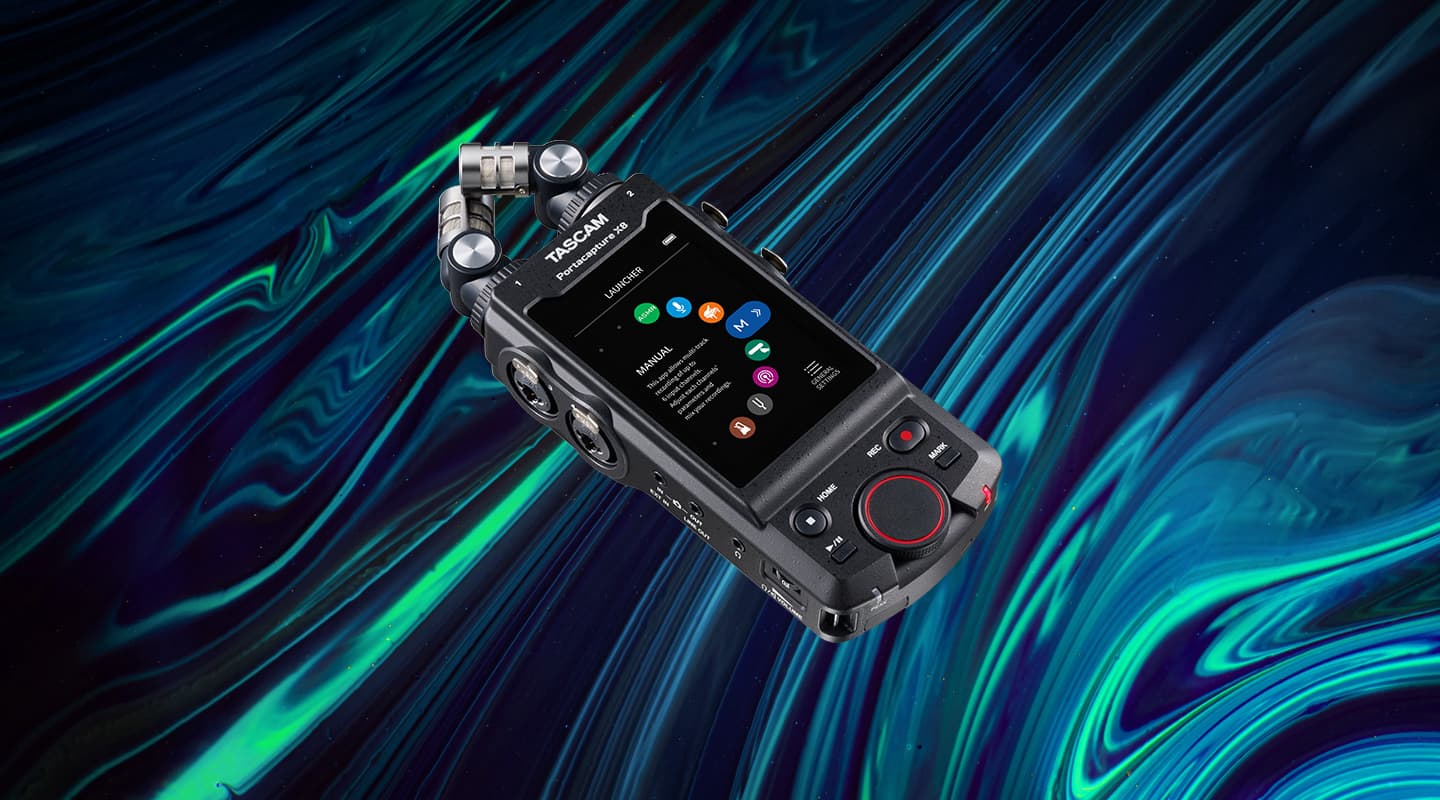
Review: Tascam Portacapture X8
A portable recording hub with plenty of tricks up its sleeve.
Tascam have a long history of producing portable recording devices. The very first portable recorder I used was a Tascam PortaDAT while at university. Tascam continues that tradition with a new hand-sized unit, the Portacapture X8. There has been a lot of interest in this device since it was announced, so let’s explore what it can do.
OUT OF THE BOX
The Portacapture X8 has some interesting features right out of the box. Firstly, the two built-in microphones come detached from the main unit. They plug in as needed and can be positioned swapped to allow for both an XY stereo pattern and also a wide stereo pattern. This is a very interesting approach. The device also lets you plug in any other microphone into these inputs via 3.5mm plugs and they also support phantom power. This provides a greater level of flexibility than most units with built-in mics. The device itself is quite sturdy in construction and the large touchscreen makes it easy to see what is going on — more on the touchscreen later.
INNOVATIVE DESIGN
At around A$900 the Portacapture X8 is at the top end of the handheld recording device market. It has some really quite excellent ‘attention to detail’ features. For example, I mentioned before that you could detach the provided microphones and attach your own mics into the 3.5mm inputs. The unit detects if you are using the provided mics or your own and it alters the filenames to reference that — I think this is a really cool detail that many professionals would appreciate. It also allows you to monitor the audio capture of a camera that is plugged into the device and this again feels like a professional-level feature.
The Portacapture X8 ships with several pre-installed apps. These include a digital metronome and tuner, which I think are both awesome ideas. The recording apps, offer a preconfigured system setup for typical recording situations. There is an ASMR (Autonomous Sensory Meridian Response) app a Music app a Podcast app and they all define how many channels on offer to record; the recording format; and how the device functions. All of these can be bypassed by using the Manual app which reveals the full range of functionality.
Presets are super convenient and user friendly if the app exactly matches the nature of your recording application. That said, there are a couple of limitations in using the apps. Firstly, they require you to use the built-in microphones. Secondly, there’s no option to fine-tune the preset configuration. It’s an ‘all or nothing’ affair. If you have some recording expertise then you will be in Manual mode, as much as you might want to use a preset as starting point. My sense is that these apps will either be very welcome, or quickly disregarded by more seasoned recordists.
NEED TO KNOW
Tascam Portacapture X8
High-Resolution Adaptive Multi-Recorder


TOUCH TYPE
Tascam has created an interface that presents as friendly and familiar. The touchscreen is large, clear and responsive. The UI design is bold and simple and responds to the types of gestures we’re all accustomed to with our smart devices.
I navigated directly to the Manual settings to configure the unit to match my preferred way of working. I selected Wave file, 32-bit and then went to set the sample rate to 192kHz, but I was confronted with a pop-up, telling me Power Save mode was on. It took me a minute to find the General setting to disable Power Save so I could then return to the sample rate settings. So here’s the rub: when Power Save mode is ‘on’, the device is always armed for very-handy, one-click recording. However, when it is switched off, which it must be if you want to record at 96 or 192kHz, then the device is not armed by default. This means you need to press Record once to get input levels displayed (arm the device) and then press Record a second time to begin the recording.
So how quickly does the Portacapture X8 spark up to be record-ready? It’s about 10 seconds and two button presses. That’s not bad at all.

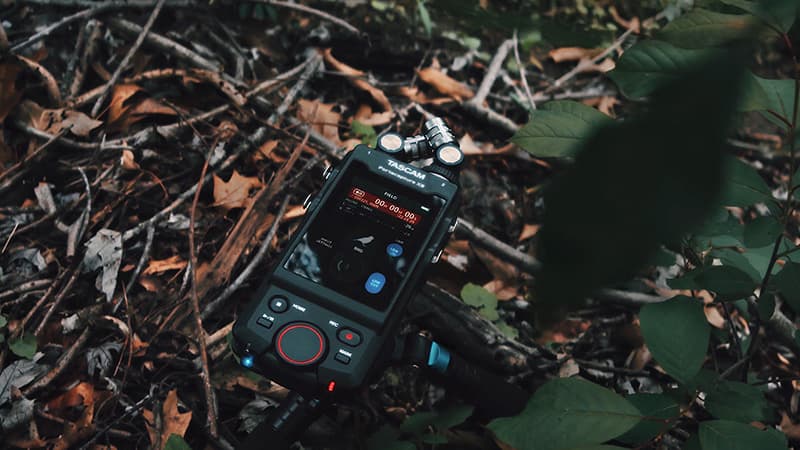
DISHING THE DIRT
The display and the interface is a pleasure to work with. I particularly like how the wheel feels for adjusting levels. Tascam has set the wheel so that it adjusts input values in agreeably small increments and it feels very responsive, making it easy to match levels between input channels and make fine adjustments.
The display is also great to work with but the smartphone-style touchscreen is a brand new concept for a recorder like this.
One huge test for any location recording device, is how its screen handles extended use in the field, especially with dust and moisture that is often a factor in location recording.
For reference I have been using another handheld digital recorder for over 10 years, for most of that time it has had a crack right across the LCD. While inconvenient I’m still able to operate it.
Will the Portacapture’s cool display be durable, and handle the dings that will inevitably come its way? I hope so, but only time will tell.
THE SOUND
Portacapture X8 records in 32-bit floating point for plenty of headroom. In my tests I recorded a handful of loud bangs and crashes. Interrogating those recordings in my DAW, I was pleased to see that the Portacapture had retained the full waveform without distortion. The biggest limitations on peaking will likely be the dynamic range of your microphones. I tested this with my own mics plugged into Inputs 3&4 as I did not want to risk damaging the supplied mics.
Tascam’s preamps are up to scratch for a unit such as this. I recorded my usual ‘quiet sound test’ (a ticking clock in a quiet room). On analysis, there was some self-noise from the unit, but it was in line with what I would expect from a device in this price range.
The unit does not auto detect if you are using a channel or not — it a channel is armed it will record audio (32-bit silence) whether there’s anything plugged into the input or not.
The Portacapture is portable but that doesn’t mean it’s designed to be used in Record mode while you’re shlepping it around. I suggest you mount the unit onto a tripod when recording outdoors, otherwise you’ll introduce handling noise into your recording.
While I’m on the subject of good location recording ‘hygiene’, I’d strongly suggest you invest in the accessory package which includes wind protection for the unit’s microphones. Otherwise you’ll inevitably be combatting wind noise.

PLAYING TO YOUR STRENGTHS
The Tascam Portacapture X8 functions as a straightforward, easy to use production hub. It takes a variety of mics and can record all types of content. Its multitrack recording functionality supports the multiple inputs very well. For podcasts with multiple mics, to recording a live band, the Portacapture X8 will provide a solid solution.
With that in mind, Portacapture X8 is also a highly capable handheld location recorder — but that’s not its raison dêtre. The size of the unit and the susceptibility to wind and handling noise means this device works better when placed on a table or mounted on a tripod, and, in that format, it can easily be the centre of a recording array. The excellent touchscreen and interface also support this use case. It is easy to work with and allows for a broad range of options in multi-track recording.
I think the Portacapture X8 will prove to be a popular workhorse. Its interface and ease of use are its greatest strength and I think many people will enjoy working with this unit.
Tascam has also developed a (iOS/Android) smartphone app for the remote control the Portacapture X8. You will need to purchase the optional receiver for it to function. Remote control of these types of units is a brilliant idea, especially for location recording applications where you want to stay out of the sound environment you are trying to capture.













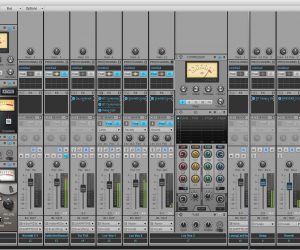
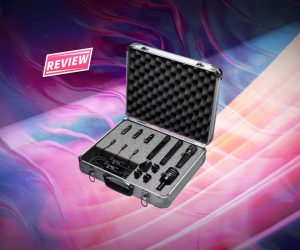
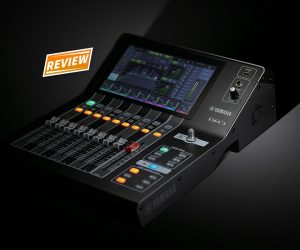






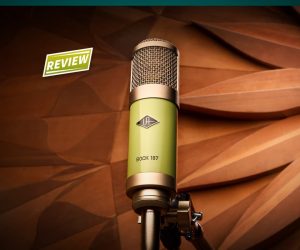

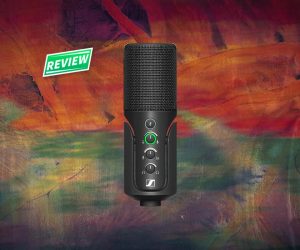


This unit is wonderful for its size and features. Did you know the EIN of the Portacapture X8? I want to have portable podcast interface/recorder that requires less post-processing.
Your sale price is off by $400.00. That’s a pretty big blunder!
Dear Mr Chapman, the recommended retail price set by Tascam is about US$900; although, as you indicate, the device can be found for less. In the United Kingdom, it retails from the equivalent of about US$500 to US$700.
Australian dollars on this one. Good idea for us to make that clearer.
What is the EIN dbu for this recorder?
Overall, a great summary! It should be noted that to talk about the self-noise of a handheld recorder with built-in microphones is a huge nonsense, as a sensitive microphone is designed to pick up all sounds. It would be interesting if it didn’t. If you don’t like it, screw the microphones or don’t use them. With a MixPre-6 II, self-noise is never a problem because it doesn’t have a built-in microphone… 🤣 Oh, and I’ve never seen a microphone that wasn’t sensitive to wind… That’s what they say in my country, that’s the film business! 😝
There is sensitive and sensitive 🙂
I am comparing this with other similar devices
The Sony M10 you could run with it through a storm and somehow the mic pickup very little vibration or wind noise.
Most handhelds you can at least move at walking pace without the “wind” of your movement disrupting the mics. This one was super sensitive to both handling and wind and as a device with built in mics that is relevant.
I agree with you overall, the best way to record anything is to have the unit protected from wind and placed carefully, but many folk want to “run and record” so it is important to give them that kind of info.
But thanks very much for the comment it allowed me to clarify some of the information.
Great review ! I’m really scratching my head on this recorder… it’s really really tempting to upgrade my field recording, but self noise is a killer… could you share a link to your clock recording test in a quite room ?
This is yet another product that is useless for blind or vision-impaired people, due to the touch screen being so integral to the use of the device. So sad considering that the Tascam DR40 could easily be used by my blind friend.
Sadly, accessibility is rarely considered in the design of new sound recording devices and software.
Got this and instantly liked the build, sound quality and interface. It connected seamlessly with my phone. I bought it to record music. And for live sessions it is unbeatable. Then, I was crushed to discover it has no overdubbing capabilities like the previous Tascam field recorders I owned. Layering two or three hand pan and vocal tracks was the purpose I intended for it. Away from the studio. My fault for not even considering it would have no such capabilities before I bought it. I figured non-destructive overdubbing was a no-brainer to include into something with this much potential. Blows my mind. I have an email to Tascam to see if this will be part of a future firmware update, or not. Probably not. I’m still pissed four hours later. My bad…
Don’t know if you have followed up on this, but I exchanged emails with Tascam in Sept and Oct 2022, and it seems pretty likely that overdubbing will be implemented as a firmware update. This is what their support person sent me: “It is on their timeline. However there is no definitive date.
Once it has been decided there will be a public announcement.”